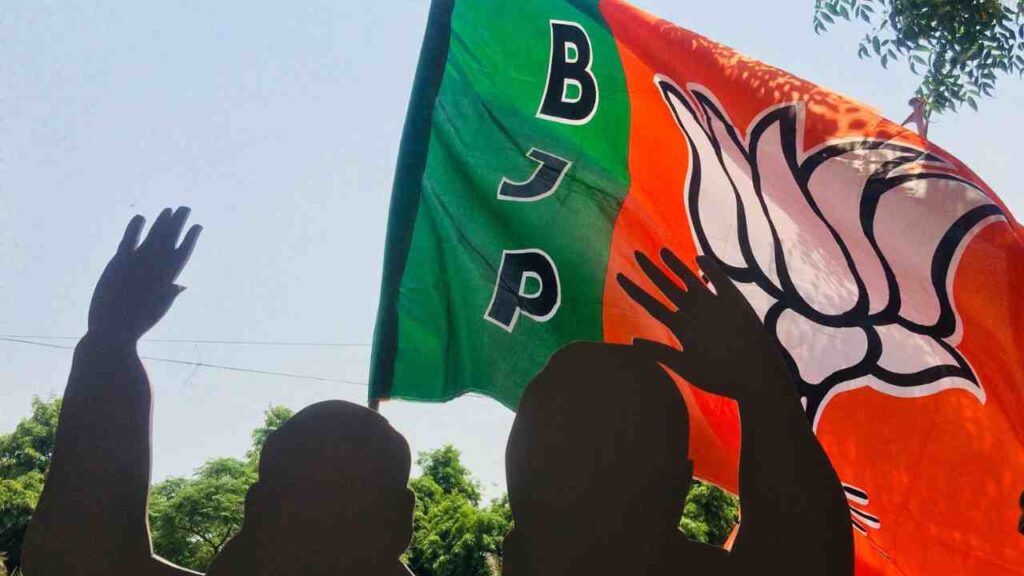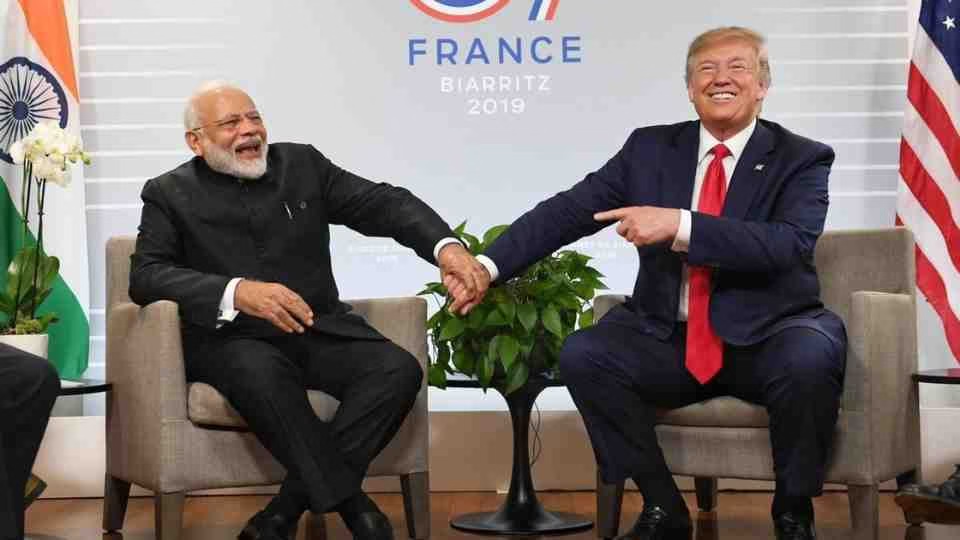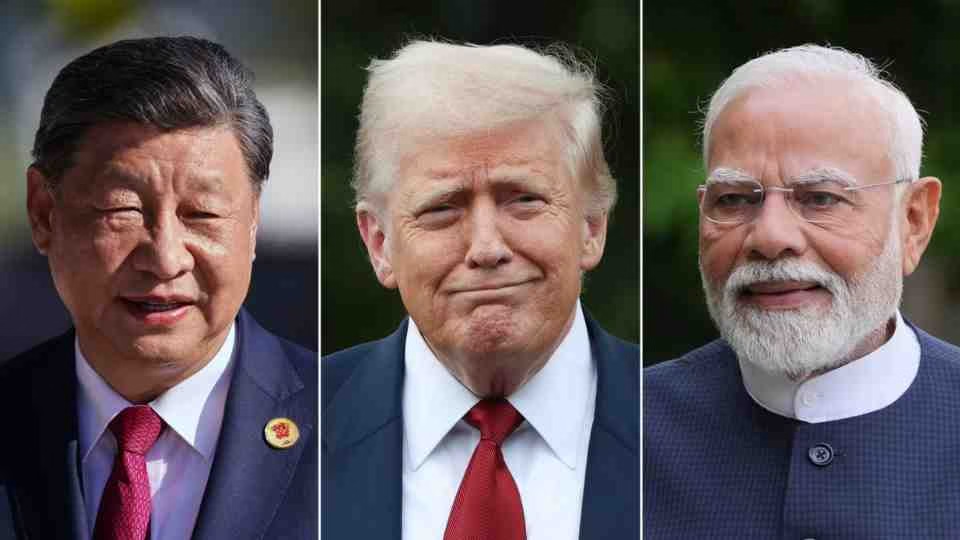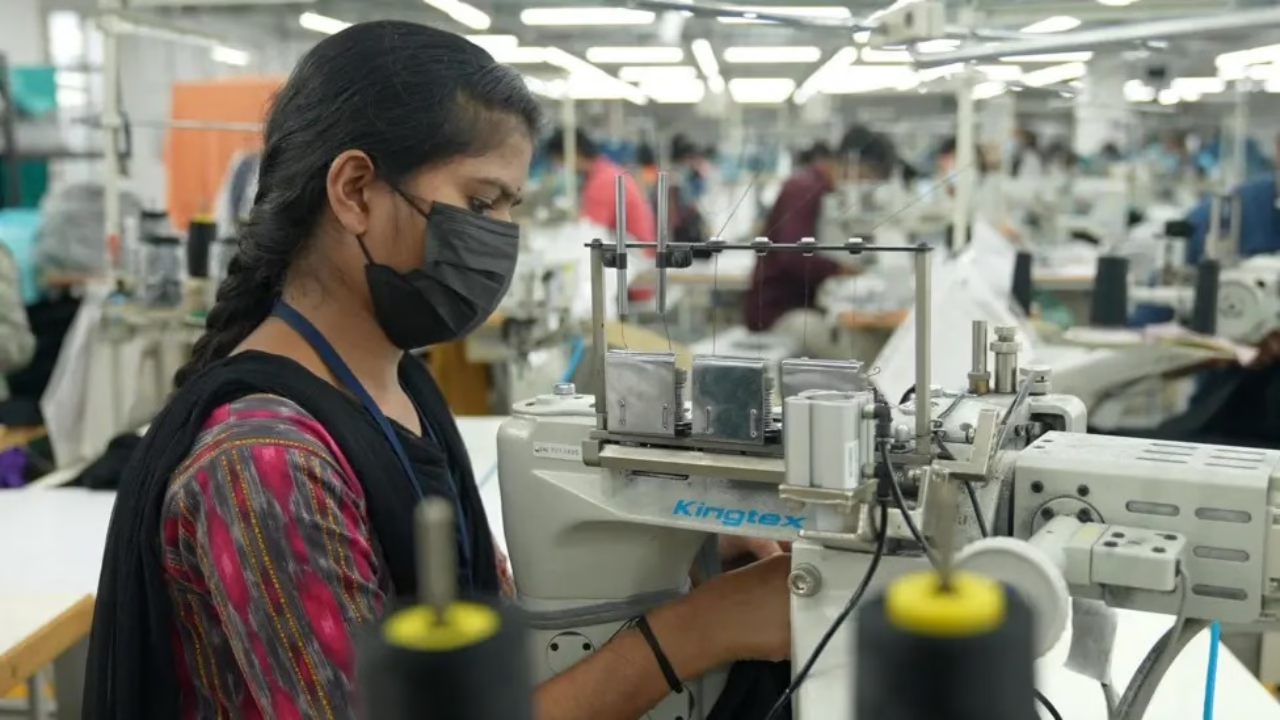Prime Minister Narendra Modi’s decade-long dominance of Indian politics faces its most serious challenge yet, as recent electoral setbacks reveal cracks in what was once considered an unassailable political fortress. The man who transformed the Bharatiya Janata Party (BJP) into India’s most formidable political machine and secured two consecutive landslide victories is now grappling with a harsh new reality: his party’s reduced to governing through coalition politics for the first time in a decade.
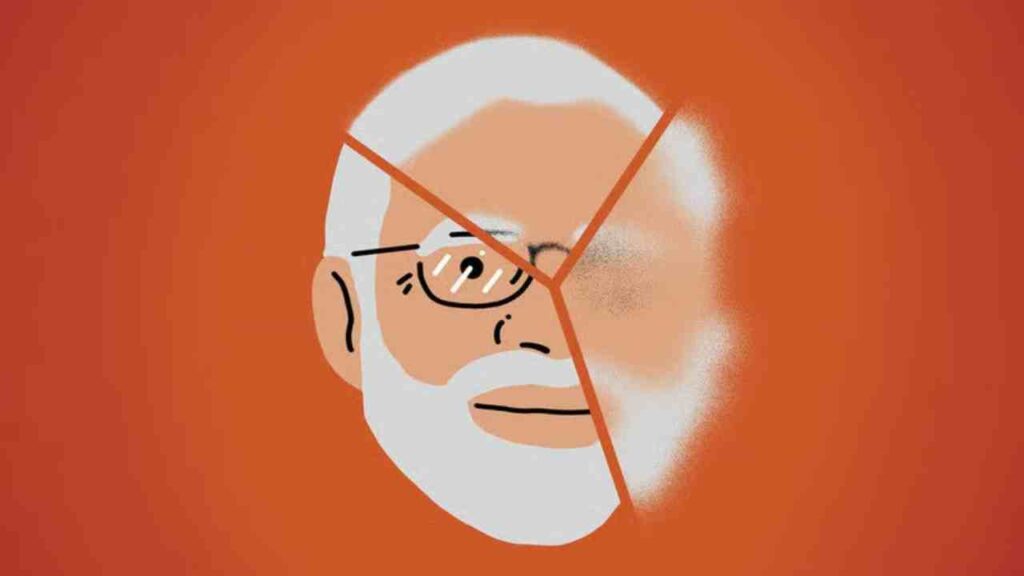
The Shock of 2024: From Landslide to Coalition
The most dramatic shift came during India’s general elections in April-June 2024, when Modi’s BJP suffered what political analysts termed a “shocking electoral setback.” The once-dominant leader saw his Bharatiya Janata Party lose more than 60 seats, falling short of the magic number of 272 required for a single-party majority in the 543-member Lok Sabha.
The BJP managed to secure only 240 seats, while the opposition INDIA Alliance captured 234 seats, a dramatic narrowing of the gap that had seemed impossible just months before. The result was particularly striking given that pre-election polls had predicted another comfortable BJP victory, with many suggesting Modi might even improve upon his 2019 performance.
This electoral outcome fundamentally altered India’s political landscape. Modi is now at the mercy of his political allies, whom he will have to learn to negotiate with for the next five years in a delicate coalition government. For a leader who had grown accustomed to wielding near-absolute power, this represents a profound shift in governing style and political strategy.
The Anatomy of Electoral Decline
The 2024 general election results revealed several troubling trends for the BJP and Modi personally. Most significantly, the party’s losses were concentrated in India’s most populous and politically crucial states. Opposition parties managed to stun the BJP in vital states, resetting India’s political landscape. Uttar Pradesh, the country’s largest state and Modi’s traditional stronghold, saw the BJP lose a significant number of seats to a resurgent opposition coalition.
The electoral mathematics told a sobering story. India’s ruling party fell short of winning a single-party majority, marking a stark departure from the last two elections. In 2014, the BJP had won 282 seats, and in 2019, it secured 303 seats—both comfortable single-party majorities. The drop to 240 seats represented not just a numerical decline but a fundamental shift in Indian voters’ perception of Modi and his party.
Perhaps most concerning for the BJP was the nature of the losses. Unlike previous elections where the party could compensate for losses in one region with gains in another, 2024 saw a broad-based erosion of support across multiple states and demographic groups. Urban middle-class voters, traditionally strong BJP supporters, showed signs of disenchantment, while rural voters, hit hard by economic challenges, shifted toward opposition parties.
Mixed Signals from State Elections
The picture becomes even more complex when examining recent state-level elections, which have produced mixed results that defy simple interpretation. In Maharashtra’s November 2024 assembly elections, the BJP managed to stage a remarkable comeback. The BJP-led Maha Yuti alliance won a landslide victory, winning 235 seats out of 288, suggesting that reports of Modi’s declining influence might be premature.
However, this victory came after a period of political turmoil and was achieved through careful coalition management rather than the BJP’s traditional solo campaigns. The party’s success in Maharashtra required extensive alliance-building and compromise with regional partners, a far cry from the dominant single-party rule that characterized Modi’s earlier years.
The Haryana state elections in October 2024 provided another data point in this complex electoral puzzle. The elections were Narendra Modi’s first test of popularity since his return in June as prime minister for a record third straight term, although he needed the help of regional parties, and the BJP managed to retain power in the state, albeit with a reduced margin.
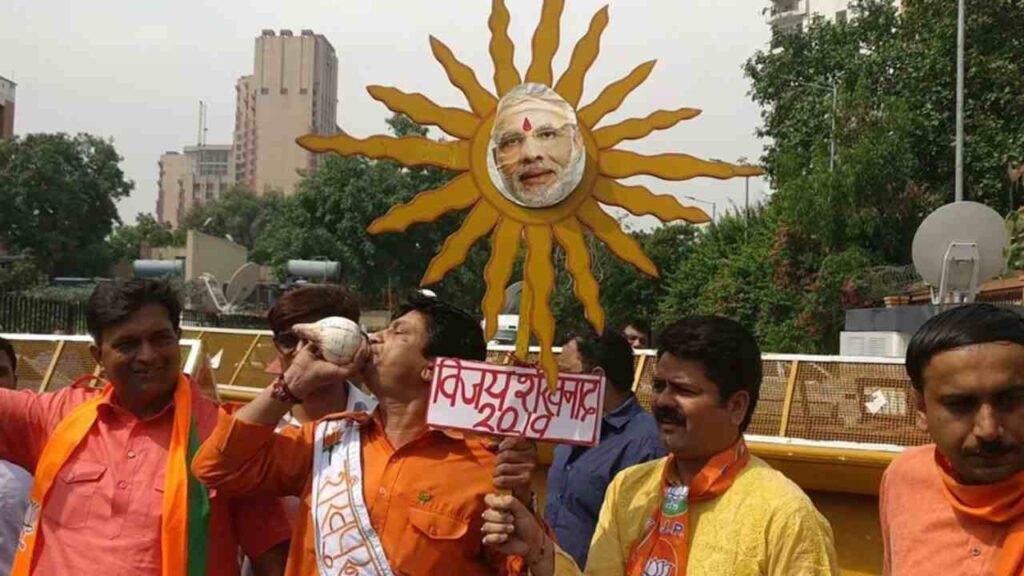
The Erosion of Modi’s Personal Brand
What makes these electoral setbacks particularly significant is how they challenge Modi’s carefully cultivated image as an invincible political leader. For nearly a decade, Modi had successfully positioned himself as larger than his party, with many BJP victories attributed directly to his personal appeal rather than the party’s organizational strength or policy positions.
This personal brand of politics, known in India as the “Modi wave,” was characterized by massive rallies, sophisticated social media campaigns, and a narrative of strong leadership and decisive governance. Modi’s speeches could draw crowds in the hundreds of thousands, and his presence on a campaign trail was often seen as sufficient to guarantee electoral success.
The 2024 results suggest this wave may be receding. The unexpected outcome of India’s election has reasserted the unpredictable nature of its politics – and the strength and resilience of its democracy. Voters appeared to be looking beyond Modi’s persona to evaluate his government’s actual performance on issues like unemployment, inflation, and rural distress.
Economic Headwinds and Policy Challenges
Much of Modi’s electoral vulnerability can be traced to mounting economic challenges that have affected millions of Indian households. Despite impressive GDP growth figures, the benefits of economic expansion have not translated into widespread job creation or improved living standards for ordinary Indians.
Youth unemployment has remained persistently high, particularly among educated young people who form a crucial voting bloc. Rural areas, which account for nearly 70% of India’s population, have faced agricultural distress, declining farm incomes, and limited access to credit and markets. These economic pressures have created fertile ground for opposition parties to challenge the BJP’s narrative of development and progress.
The government’s handling of the COVID-19 pandemic also left lasting political scars. While India’s vaccination drive was ultimately successful, the devastating second wave in 2021, which saw healthcare systems collapse and hundreds of thousands of deaths, dented Modi’s image as a competent crisis manager.
Coalition Politics and Constrained Governance
Perhaps the most significant long-term implication of Modi’s reduced political standing is the return of coalition politics to Indian governance. The once-dominant leader is at the mercy of his political allies, whom he will have to learn to negotiate with for the next five years in a delicate coalition government.
This represents a fundamental shift from the first two Modi terms, when the BJP’s comfortable majorities allowed the prime minister to pursue ambitious policy reforms without extensive consultation or compromise. Major initiatives like the Goods and Services Tax (GST), demonetization, and the abrogation of Article 370 in Kashmir were implemented with minimal parliamentary debate or opposition input.
Now, Modi must navigate the complex dynamics of coalition management, where regional allies may demand policy concessions, ministerial positions, and special treatment for their states. This constraint could significantly slow the pace of reform and force the government to adopt more consultative approaches to policymaking.
The Opposition’s Resurgence
Modi’s electoral challenges have coincided with a remarkable resurgence of India’s opposition parties, particularly the Indian National Congress, which had been written off as a spent force after devastating defeats in 2014 and 2019. The party’s improved performance in 2024, winning 99 seats compared to just 44 in 2019, suggests that rumors of its demise were greatly exaggerated.
The opposition’s success stemmed partly from its ability to form effective alliances and coordinate campaign strategies across states. The INDIA (Indian National Developmental Inclusive Alliance) coalition brought together parties with vastly different ideologies and regional focuses, united primarily by their opposition to the BJP’s dominance.
More importantly, opposition parties appeared to find their voice on economic issues, rural distress, and concerns about democratic institutions. Their message resonated particularly well with younger voters and those affected by unemployment and inflation.
Institutional and Democratic Concerns
Modi’s political challenges have also been complicated by growing concerns about the state of India’s democratic institutions. Critics have long argued that the BJP government has undermined press freedom, used central agencies to target opposition politicians, and weakened parliamentary oversight. The unexpected outcome of India’s election has reasserted the unpredictable nature of its politics – and the strength and resilience of its democracy.
These institutional concerns may have influenced voter behavior in 2024, as some Indians chose to support opposition parties not necessarily because they preferred their policies, but because they wanted to check what they saw as authoritarian tendencies in Modi’s governance style.
Looking Ahead: The Modi Era’s Uncertain Future
Despite this spring’s electoral setback, the BJP retains its dominant position at the center of Indian politics. Modi remains prime minister, and his party continues to control several major states. However, the political landscape has fundamentally shifted, and the era of unchallenged BJP dominance appears to be over.
The question now is whether Modi can adapt to this new reality and reinvent himself as a coalition leader, or whether these setbacks mark the beginning of a longer decline. The BJP is paving the way for a future after Modi, suggesting that even within his own party, discussions about succession and post-Modi leadership have begun.
For Indian democracy, Modi’s reduced stature may ultimately prove beneficial. The return of competitive politics, meaningful opposition, and the need for consensus-building could strengthen democratic institutions and processes that had been weakened during the years of single-party dominance.
The Modi question—whether India’s political strongman has lost his mojo—may not have a definitive answer yet. What seems certain is that the era of his political invincibility has ended, replaced by a more uncertain and contested political future that will test both his adaptability as a leader and the resilience of India’s democratic system.

